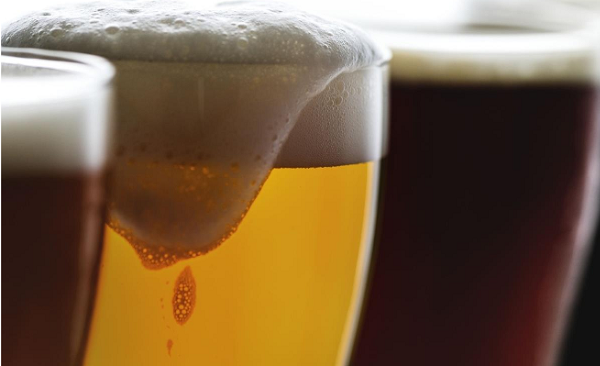
-
The finding, published in Nature Ecology and Evolution, is the result of the complete sequencing of the genome of a hundred yeasts.
-
The data obtained can improve protocols to generate new strains, reduce cooling costs and achieve higher productivity.
A study with the participation of the Consejo Superior de Investigaciones Científicas (CSIC) and led by the University of Wisconsin-Madison (United States) has identified more than 120 hybrid strains of industrial yeasts used in beer, wine, cider and champagne production processes. The finding, published in the journal Nature Ecology and Evolution, will improve the protocols for generating new strains according to the needs of producers.
The research team has observed yeast hybrids that are composed of two, three or even four species. The crosses were between domesticated strains of Saccharomyces cerevisiae and other wild species from the European regions of Saccharomyces eubayanus, Saccharomyces kudriavzevii and Saccharomyces uvarum. These data are the result of the complete genome sequencing of more than 120 industrial hybrids, which has made it possible to explore both genomic characteristics such as mitochondrial inheritance and the presence or absence of genes of biotechnological interest.
"The study of these hybrids has allowed us to analyze their mechanisms of adaptation to industrial processes. And so we have seen that the tolerance to low temperatures, typical of lager beer production, is largely due to the inheritance of the mitochondrial genome of the parent that is not S. cerevisiae. In fact, we have observed that 94% of hybrids had a different mitochondrial genome," explains CSIC researcher David Peris, who works at the Institute of Agrochemistry and Food Technology.
Another of the conclusions reached by the study is that the mild taste of lagers is achieved by the absence of phenolic aromas. These flavours have already been achieved because the types of lager hybrids, independently but convergently, have inactivated by different mechanisms the production route of these aromas. If it is true that in other industrial processes such as Trapista beer, these aromas are well valued, and the hybrids isolated in them maintain the production of these phenols.
"All the information obtained allows us to know better the domestication processes that have occurred throughout history and, therefore, to design better protocols for generating new industrial strains," says the CSIC researcher. Currently," he adds, "we have a collection of almost 3,000 both domesticated and wild strains of the genus Saccharomyces. This genus presents species with similar differences to those found when comparing humans and birds. This translates into the ability to grow at different temperatures, new aromas, tolerance to certain industrial stresses. With the new protocols, it would be possible to generate a la carte crosses between strains that present fermentative characteristics of interest.
Quinn K. Langdon, David Peris, EmilyClare P. Baker, Dana A. Opulente, Huu-Vang Nguyen, Ursula Bond, Paula Gonçalves, José Paulo Sampaio, Diego Libkind, Chris Todd Hittinger. Fermentation innovation through complex hybridization of wild and domesticated yeasts. Nature Ecology and Evolution. DOI: 10.1038/s41559-019-0998-8

